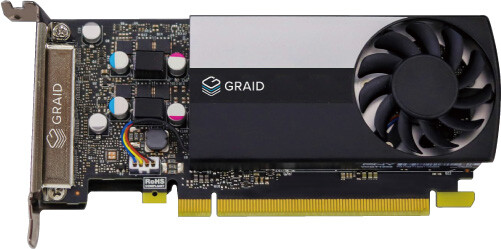GIGABYTE Announces a Unique Server Solution to RAID Drawbacks with GRAID SupremeRAID

More and more companies are using flash storage and doing so on a larger scale; however, there may be pitfalls when using RAID, such as limitations in computing performance or consuming a large amount of CPU resources. To solve these problems and to do so with a large amount of drives, the GRAID SupremeRAID works by installing a virtual NVMe controller on the OS while integrating a PCIe device for high performance. With this GIGABYTE solution over 100 GB/s of throughput is possible for workloads in HPC, 4K/8K video editing, high-frequency trading, online transaction processing, or database processing.
The R282-Z9G comes with the GRAID card installed and has shown optimal performance with up to 20 x Kioxia CM6 (Gen4) drives. The R282-Z9G supports dual AMD EPYC 7003 processors up to 64 cores and a max TDP of 240 W. Given the dual socket design, there are 32 DIMM slots available for 2 DIMMs per channel in the 8-channel memory configuration. There is a PCIe 4.0 x16 FHHL slot available for high-speed networking. At the rear of the case are an additional 2x 2.5″ SATA SSD bays. Ant at the rear of the case are USB 3.0 ports, VGA port for local management, and a pair of 1GbE LAN ports. Powering the system, are redundant 1600 W power supplies.
“If you’re going to make the investment in Gen 4 (and soon Gen 5) SSDs, you don’t want to be leaving performance on the table,” said Brian Beeler the president of StorageReview.com in his latest review of the NVMe RAID card. “The GRAID SupremeRAID solution is absolutely phenomenal, we were blown away by the efficacy of this simple to use card and accompanying software.”











